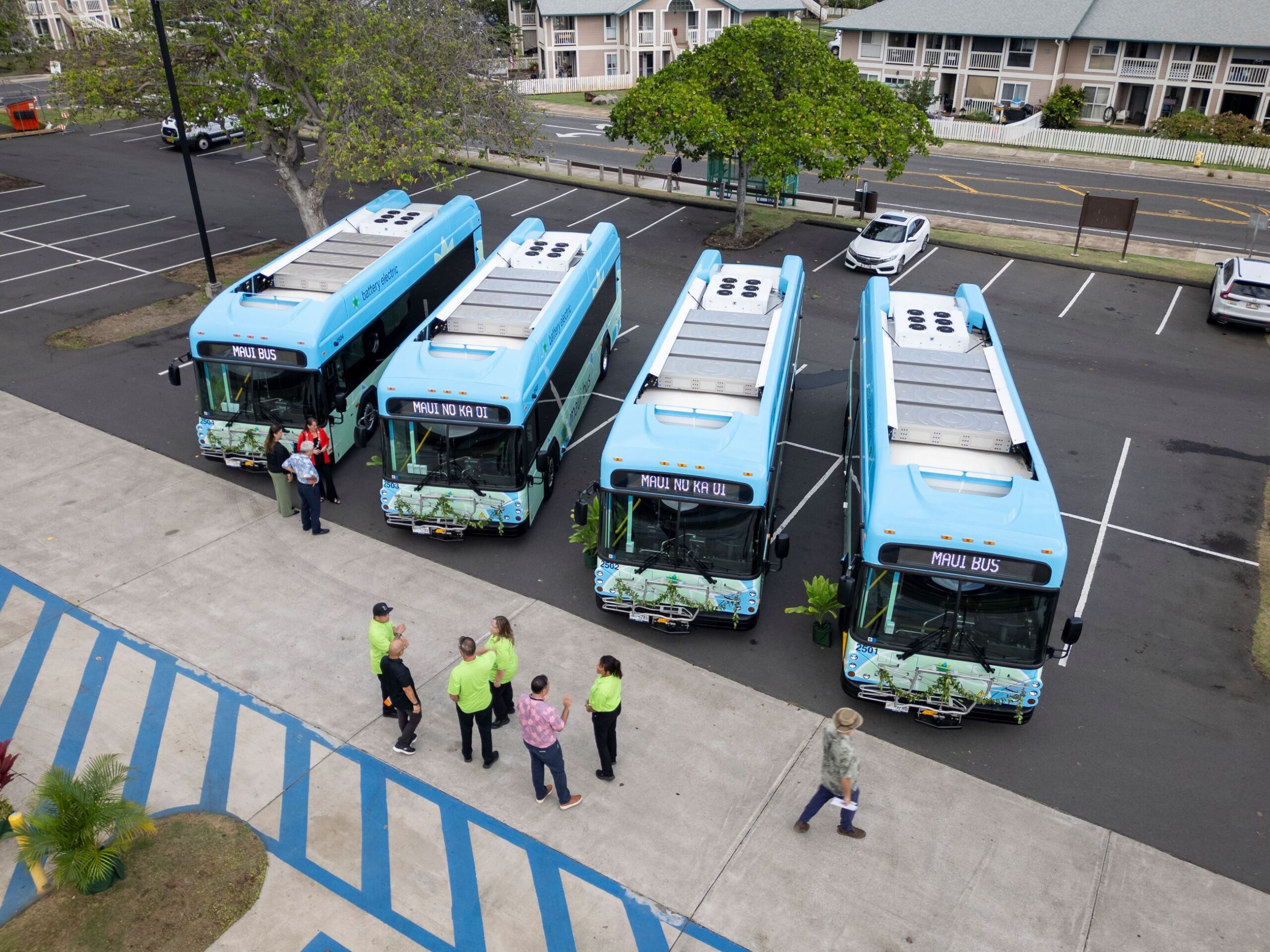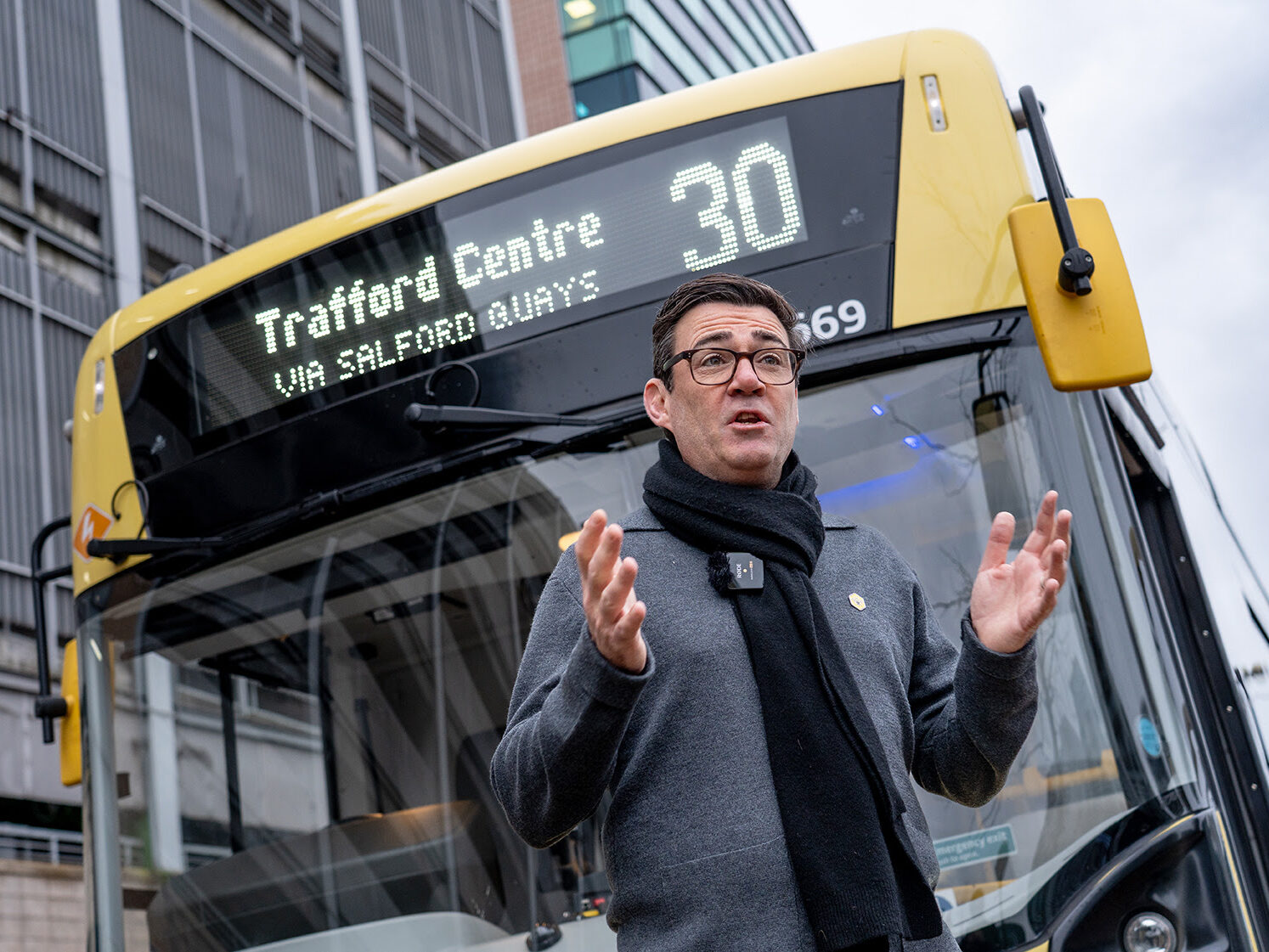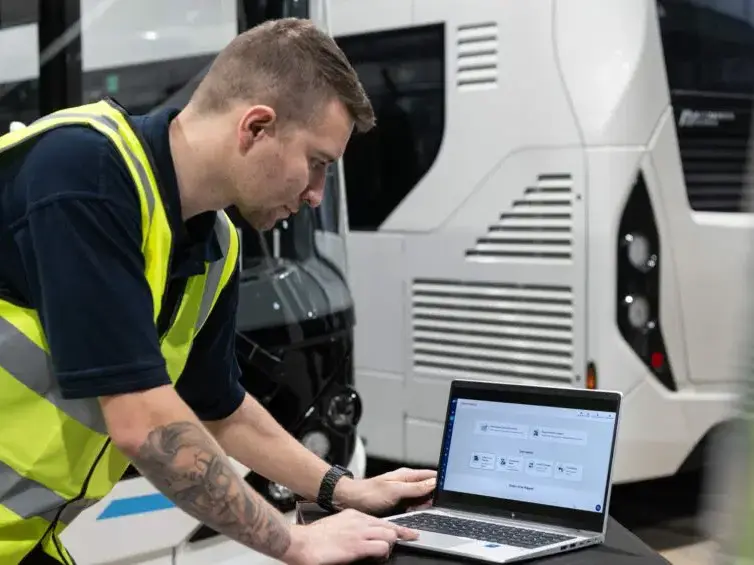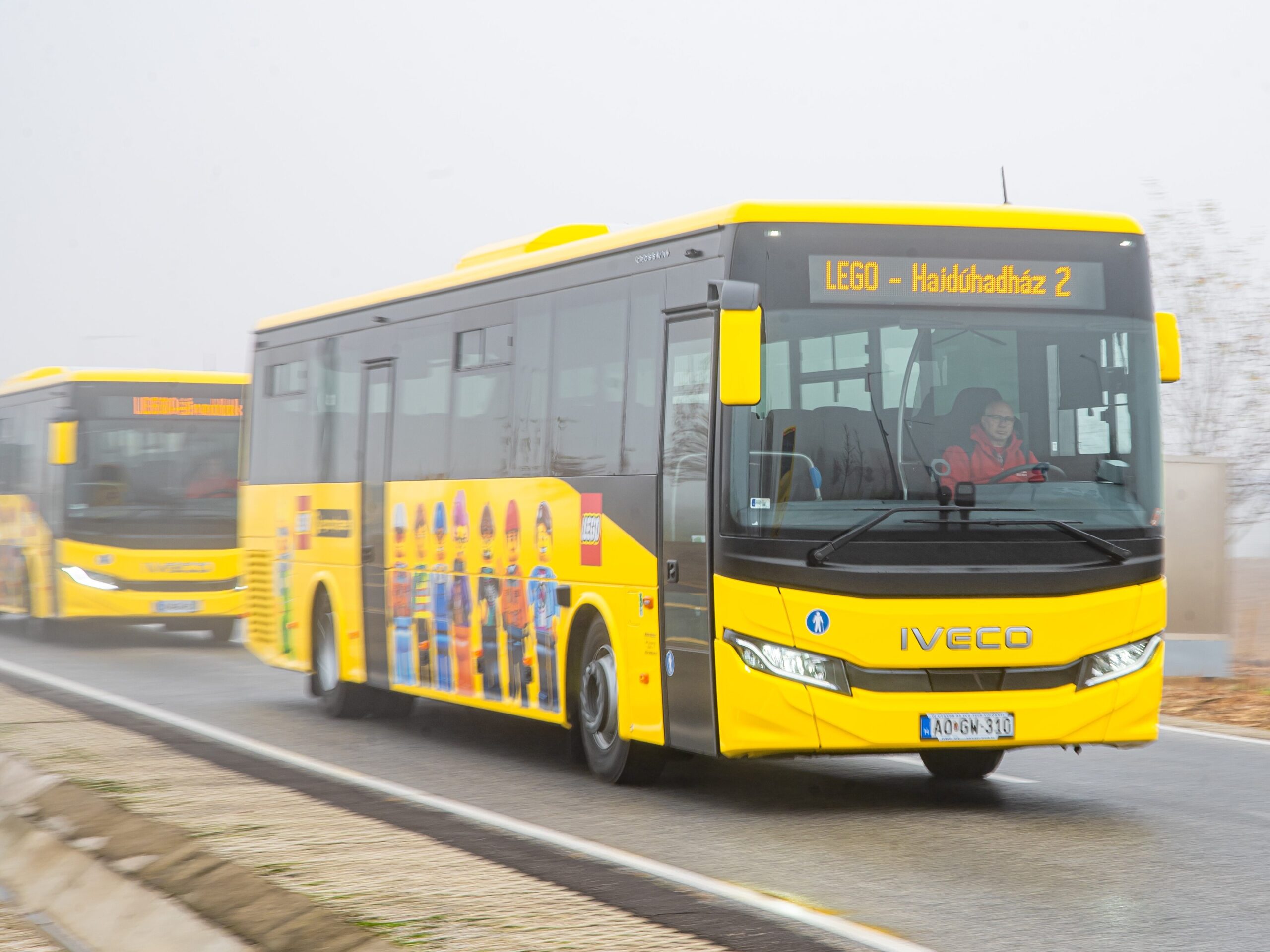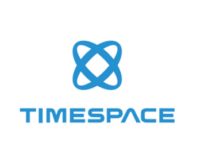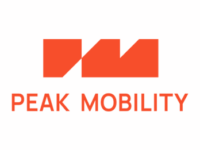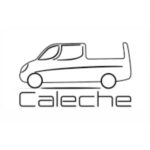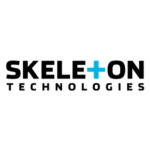The Canadian Urban Transit Research & Innovation Consortium (CUTRIC) is a socially responsible non-profit organisation that spearheads, designs, and launches technology and commercialisation projects that advance next-generation zero-carbon mobility and transportation solutions across Canada. It also develops low-cost simulation tools that help transit agencies across Canada and the United States predict how their electric buses, hydrogen fuel cell buses and autonomous smart vehicles (for first kilometre/last kilometre solutions) will operate in real-time on roads and in service.
These advancements help to grow the low-carbon and smart technology eco-system across Canada and North America, leading to job growth and economic development over the long-term.
CUTRIC’s work generates solutions that decrease fuel consumption, reduce emissions, reduce congestion, and improve the quality of life for mobility customers and transit riders.
In sum, CUTRIC supports the development and commercialisation technologies required for a 21st century low-carbon green economy.
Vision
To make Canada a global leader in low-carbon smart mobility technologies across heavy-duty and light-duty platforms, including advanced transit, transportation, and integrated mobility applications.
Mission
To support the commercialisation of technologies through industry-led collaborative research, development, demonstration, and integration (RDD&I) projects that bring innovative design to Canada’s low-carbon smart mobility eco-system.
CUTRIC’s Pillars of Innovation
- Zero- and low-emissions propulsion technologies and systems integration, including battery electric and hybrid electric propulsion technologies, hydrogen fuel cell electric propulsion technologies, as well as grid-based smart management tools that balance electric fleet charging and/or hydrogen refuelling.
- Smart vehicles and smart infrastructure technologies for automated and connected vehicles on road and on rail, including standardised and interoperable fleet management systems, vehicle-to-vehicle and vehicle-to-infrastructure communications systems, as well as intelligent transportation systems and smart mobility solutions.
- Big Data for mobility analytics and Mobility as a Service applications, including initiatives to optimise public and private fleets through the use of descriptive, analytic, and predictive data assessment, and the integration of artificially intelligent decision-making systems that guide fleet managers in real-time.
- Cybersecurity in advanced mobility applications, securitisation of low-carbon smart mobility systems, including secure communications for autonomous and connected vehicles given the susceptibility of new vehicle systems to malicious attack.


